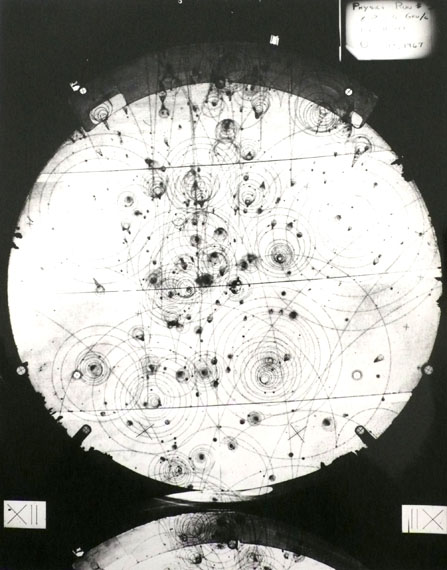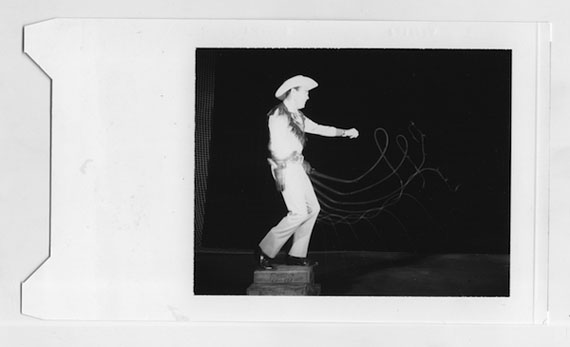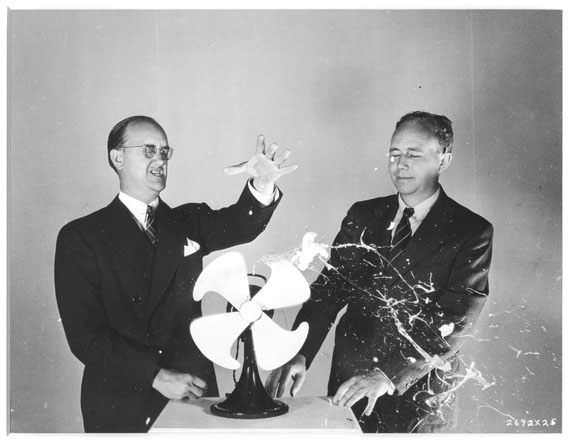
Harold Edgerton »
ABSTRACTIONS
Dr. Harold Edgerton
Exhibition: 6 Jun – 2 Aug 2014

Michael Hoppen Gallery
10 Portland Road
W11 4LA London
+44 (0)20-73523649
gallery@michaelhoppengallery.com
www.michaelhoppengallery.com
Mon-Fri 10-18
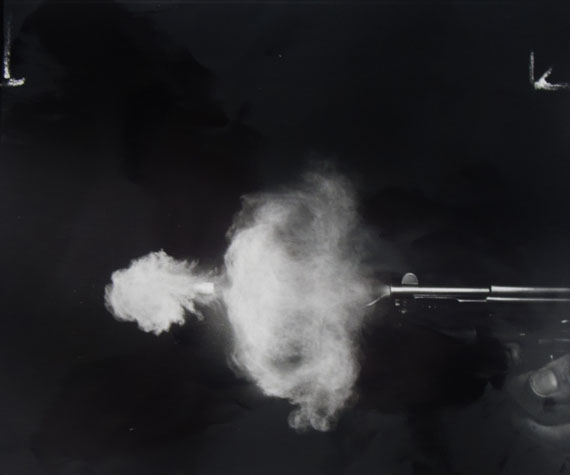
Dr. Harold Edgerton: ABSTRACTIONS
June 6th to August 2nd 2014
Photography has illuminated so many areas of the 20th century, but none more so than the remarkable work by one of photography’s true pioneers, Dr. Harold Edgerton. As an Institute Professor at MIT and the inventor of the ‘strobe’ flash in the early 1930s, the ‘Doc.’ as he was affectionately known, stopped time in its tracks.
His influence is still felt today, as we still use his invention in contemporary flash cameras, although their size has somewhat changed.
Many journalists, photographers, scientists, inventors, industrialists and naturalists have all paid tribute to him for altering the way we look at the world and for controlling and explaining its unseen happenings.
For the first time we were able to see the wonderful arc of the tennis racket or a bullet breaking a sheet of glass.
A scientist first and foremost he was pivotal in developing early aerial and oceanic reconnaissance. During WWII he pioneered the use of a strobe light powerful enough to take night time reconnaissance images. The resulting images revealed an absence of German forces at key strategic points just prior to the Allied attack on June 6, 1944.
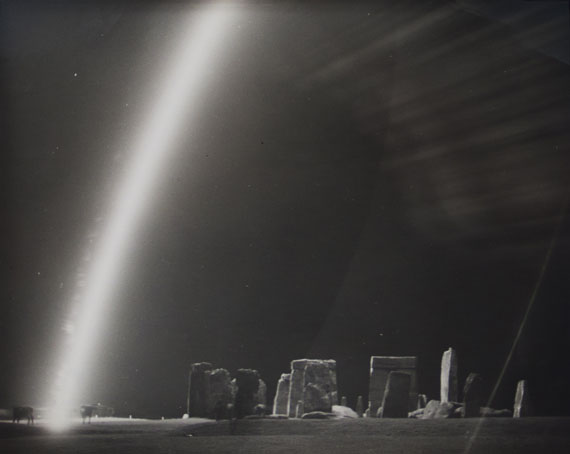
He also worked with the famous marine biologist Jacques-Yves Cousteau, inventing underwater photographic techniques and side-scan sonar devices to map the ocean floor.
Although he always saw himself primarily as a scientist his legacy survives not only in the scientific advances he made (Edgerton died with some 97 patents to his name) but also in the extraordinary aesthetic and abstract qualities of the images he produced. For sixty years he combined extraordinary engineering talents and aesthetic sensibility, making “frozen movement” part of our modern visual culture.
Art institutions such as the Museum of Modern Art in New York have been exhibiting Edgerton's photographs since the late 1930s and his prints are now in museum collections worldwide.
The Michael Hoppen Gallery is delighted to announce an exhibition featuring a rare selection of vintage black and white prints from the Dr Harold Edgerton Estate. This exhibition is a one time opportunity to see vintage prints, many of which have never been seen.
All photographs are for sale.
